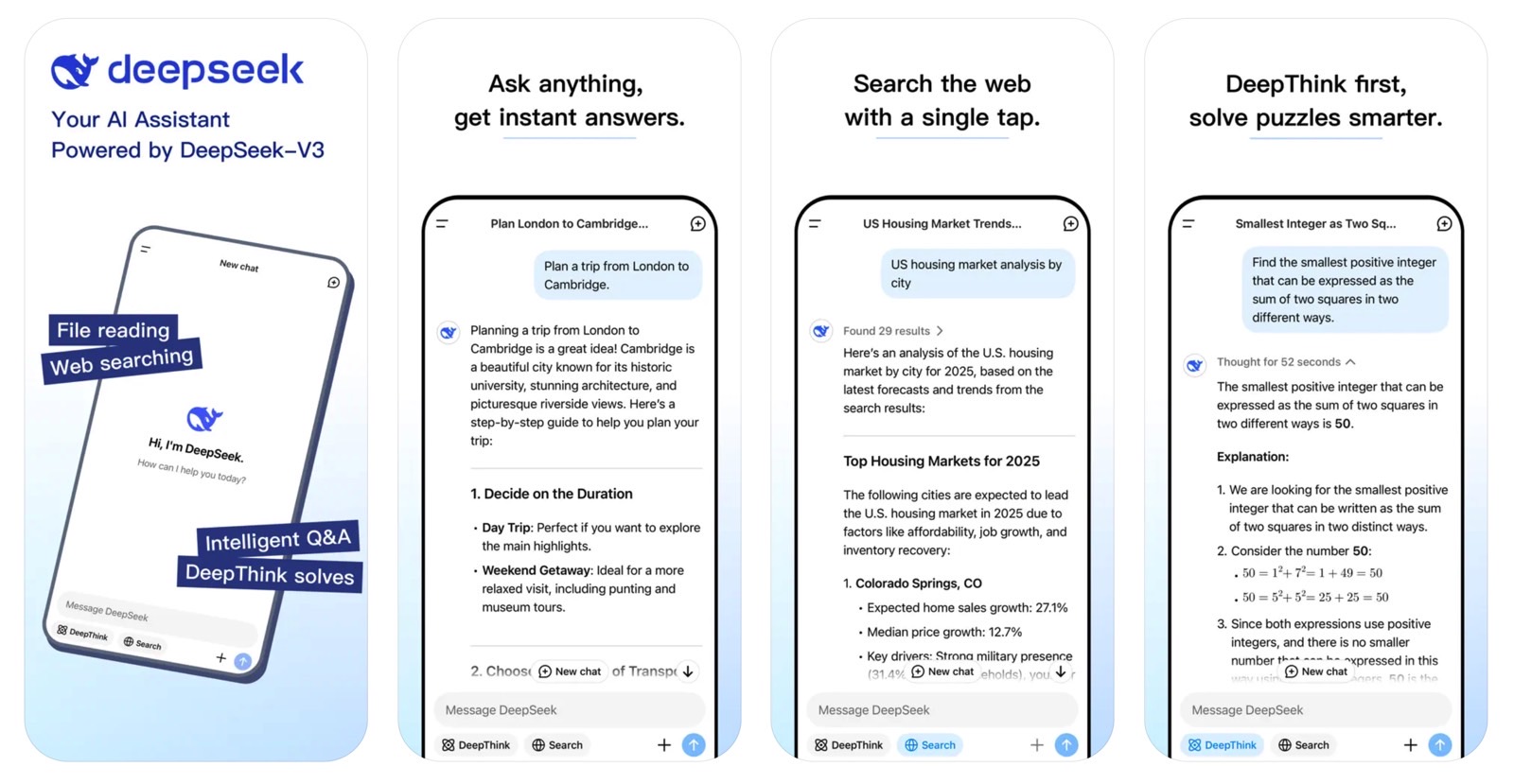
we don’t see similar articles for OpenAI and other US-based AI tools.
I don’t know what kind of media you consume, but I read such articles all the time. And as I said already here, there is still a difference as surveillance and censorship is much harsher in China than anywhere else.
(It’s amazing. I’m really new on Lemmy, but it seems whataboutery is a thing here …)

There would be a lot of reasons to differentiate between democracies and autocracies, but I agree that it’s not surprising. This is just the next step of a totally over-hyped technology imo. Here everyone gets excited about a performance while no one even knows what the training data is, but people are excited by these PR announcements.

The guys at HF (and many others) appear to have a different understanding of Open Source.
As the Open Source AI definition says, among others:
Data Information: Sufficiently detailed information about the data used to train the system so that a skilled person can build a substantially equivalent system. Data Information shall be made available under OSI-approved terms.
- In particular, this must include: (1) the complete description of all data used for training, including (if used) of unshareable data, disclosing the provenance of the data, its scope and characteristics, how the data was obtained and selected, the labeling procedures, and data processing and filtering methodologies; (2) a listing of all publicly available training data and where to obtain it; and (3) a listing of all training data obtainable from third parties and where to obtain it, including for fee.
Code: The complete source code used to train and run the system. The Code shall represent the full specification of how the data was processed and filtered, and how the training was done. Code shall be made available under OSI-approved licenses.
- For example, if used, this must include code used for processing and filtering data, code used for training including arguments and settings used, validation and testing, supporting libraries like tokenizers and hyperparameters search code, inference code, and model architecture.
Parameters: The model parameters, such as weights or other configuration settings. Parameters shall be made available under OSI-approved terms.
- The licensing or other terms applied to these elements and to any combination thereof may contain conditions that require any modified version to be released under the same terms as the original.
These three components -data, code, parameter- shall be released under the same condition.

Is Deepseek Open Source?
Hugging Face researchers are trying to build a more open version of DeepSeek’s AI ‘reasoning’ model
Hugging Face head of research Leandro von Werra and several company engineers have launched Open-R1, a project that seeks to build a duplicate of R1 and open source all of its components, including the data used to train it.
The engineers said they were compelled to act by DeepSeek’s “black box” release philosophy. Technically, R1 is “open” in that the model is permissively licensed, which means it can be deployed largely without restrictions. However, R1 isn’t “open source” by the widely accepted definition because some of the tools used to build it are shrouded in mystery. Like many high-flying AI companies, DeepSeek is loathe to reveal its secret sauce.

Is Deepseek Open Source?
Hugging Face researchers are trying to build a more open version of DeepSeek’s AI ‘reasoning’ model
Hugging Face head of research Leandro von Werra and several company engineers have launched Open-R1, a project that seeks to build a duplicate of R1 and open source all of its components, including the data used to train it.
The engineers said they were compelled to act by DeepSeek’s “black box” release philosophy. Technically, R1 is “open” in that the model is permissively licensed, which means it can be deployed largely without restrictions. However, R1 isn’t “open source” by the widely accepted definition because some of the tools used to build it are shrouded in mystery. Like many high-flying AI companies, DeepSeek is loathe to reveal its secret sauce.



That’s a real issue:
Censorship and isolation as China bans thousands of mobile apps